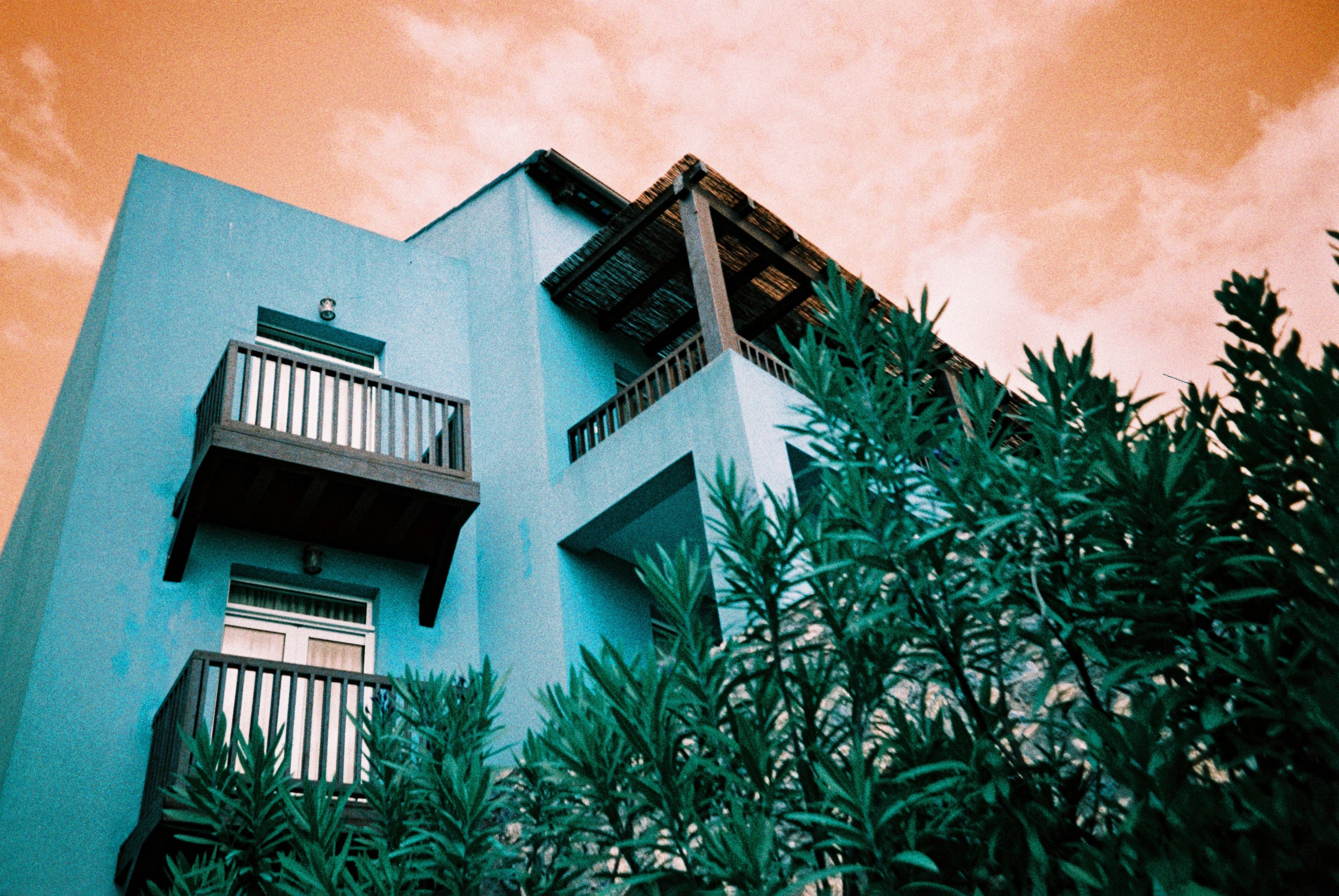Washi Y is the latest version of Washi's iconic 'Japanese paper' range - replacing the original "W", which was Washi's first ever product!
Washi Y uses the same Kozo paper base but is coated with a panchromatic 100 iso emulsion (faster than before) which makes it much easier to expose and to use with all kind of subjects.
NOTE: Our lab does not offer processing for Washi Y rolls. Please email help@analoguewonderland.co.uk with any questions regarding the development of these rolls.
The paper backing will give your medium format photos an unique textured look - a signature of visual interest that cannot be simulated with other means.
Please do not use this film in 120 cameras with autowind features as they can stretch or snap the paper!
Specification
| Format: |
120 |
| Colour: |
B&W |
| Type: |
Negative |
| ISO: |
100 |
| Exposures: |
16 |
| Pack size: |
1 |
To understand more about the details above you can check out our film guide or if you want some inspiration then head over to our page on choosing your next film. And if you want the full details about the film, including technical information, read about Washi W over on EMULSIVE.
For more information about the brand check out our bio of Film Washi
Where we ship
When you buy your camera film from us we can ship it across the UK, Europe, USA, New Zealand, Australia and Canada (more countries planned soon!) So buy your Washi W Film 120 B&W ISO 25 today and dive back into the fun of 120 film photography!

